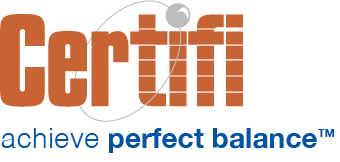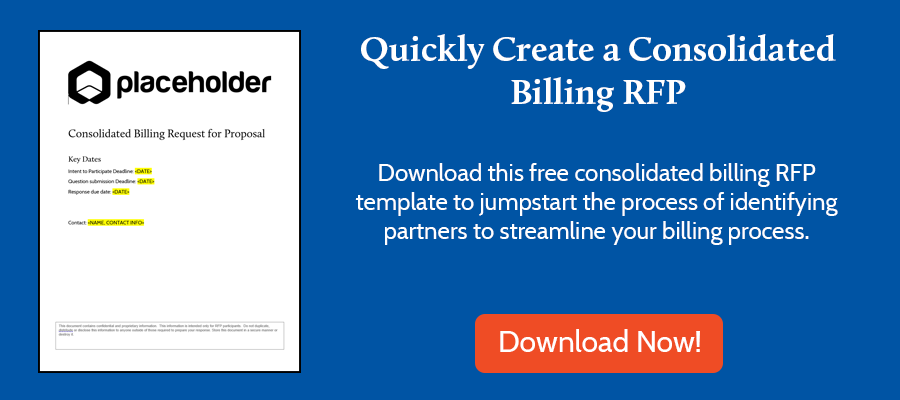According to a 2019 Gartner healthcare payer CIO study, 25% of healthcare payer CIOs say cost reduction is a top-five priority. Many of those same healthcare CIOs have a legacy and under-performing software system in need of transformation. As healthcare has become more consumer-directed, legacy and underperforming systems can impact a payer’s ability to attract and retain customers.
So how does a payer determine whether to build or buy software systems? And how do they determine if it will also meet the goal of reducing costs? Here are five costs healthcare payer CIOs need to understand to determine whether to build, buy, or maintain the status quo.
Understand the Operational Cost
The first step is to identify what it costs to operate the function you’re considering replacing. Start with a list of all the costs related to the business function — supplies, salaries, technology, administration, etc., and document them. Then determine if and how you can perform these functions at a lesser cost.
What you want to avoid is factoring sunk costs into your analysis of operational costs. I have a friend who repairs computers. One day, a customer came in with viruses and malware on his computer. The customer couldn’t understand why the antivirus solution he was using hadn’t kept the viruses at bay.
The software had a poor reputation. My friend recommended he uninstall the antivirus solution he’d bought that wasn’t working and install a free solution that earned great reviews.
The customer said no. He’d wait until his current software subscription expired.
That’s an example of how a sunk cost — the purchased anti-virus software — clouded a buyer’s decision-making process. What he bought wasn’t working. Continuing to use that software didn’t make sense, but he couldn’t move past the money he’d already spent.
Whether you sunk a lot of money into a claims management software solution that isn’t meeting your needs or invested in an IVR system that’s become dated, you shouldn’t factor the cost of those solutions into your decision to buy or build another solution.
Understand Error Rates and Their Costs
Our premium billing and payments solution was born out of experiences with error-prone and costly legacy payer billing systems. When payers begin thinking strategically about which legacy or underperforming systems to replace, they often fail to properly account for the ripple effects of error-prone software systems.
Look at baseball as an example. If a fielder commits an error, it might not lead to a run immediately. But as is often the case, an error forces a pitcher to face another batter, throw more pitches and wear down sooner. Though the immediate impact of the error can sometimes be minimal, the long-term consequences can be significant.
If your healthcare premium billing solution has what you deem to be an acceptable 99% error-free rate, consider the costs of the remaining 1%. It increases calls to your call center. It increases the number of employees required to reconcile bills. But worse, it impacts your customer satisfaction. In an increasingly consumer-directed environment, that can impact your bottom line.
Understand the Cost of Building and Maintaining Infrastructure
Building a new software solution is expensive. Even in today’s cloud-based environment, procuring the infrastructure to build a complex enterprise software solution not only has startup costs but also recurring costs. Plus, the knowledge required to build a solution at scale using modern technology platforms may force you to spend time looking for development staff or partners to build an internal solution. Building infrastructure costs need to be factored into your decision to build or buy.
But maintaining aging legacy systems also has costs. As servers age, downtime typically increases. There can be security holes that take time to patch or, worse, cause PR nightmares when breached. Studies have shown that by the fifth year of supporting and maintaining a typical server, costs have typically increased by 148%.
It’s important to understand those costs if you choose to build a new platform or continue leveraging your legacy system. Costs will increase over time.
Understand Opportunity Costs
If you spend a significant portion of your time maintaining or building a legacy system instead of focusing your energy on strategically important initiatives, there’s an opportunity cost associated with that activity. Opportunity costs essentially include the loss of possible gain from alternatives to working on what you’ve chosen to do.
For example, say you have a factory that produces peanut butter. The opportunity cost of 1 jar of creamy peanut butter is one jar of chunky peanut butter. If chunky sells better, creating those jars of creamy peanut butter is costing you money.
Your internal resources work the same way. If you spend your time working on correcting issues in a legacy system or your call center is inundated with calls because of an inaccurate, error-prone software solution, there’s an opportunity cost associated with those systems. Being able to redeploy people to work on more strategic, profitable activities is an important consideration.
Understand the Cost of Control
Up until this point, we’ve discussed the internal costs of developing a solution yourself. But if you choose to outsource a solution, you should consider the cost of losing control of that system. It’s important to ask the following questions of your software vendor, in these cases:
- What’s your release cycle like? If a vendor has a quarterly release cycle, it means any additional features and functionality will potentially lag behind how quickly you could build it yourself.
- How do we submit improvement ideas and how do you prioritize them? Understanding the process for prioritizing customer-submitted improvement suggestions will help you understand how long improvements will take.
- Is there a cost associated with my product improvement requests? Some software companies will charge you an hourly fee to develop custom requests. Be sure to understand the costs of implementing any changes.
Deciding to buy, build, or maintain the status quo is not an easy one, especially when you’re also tasked with reducing costs and adding more value. But by understanding all the costs associated with each option you’ll be better positioned to make an informed decision.
Certifi’s health insurance premium billing and payment solutions help healthcare payers improve member satisfaction while reducing administrative costs.



